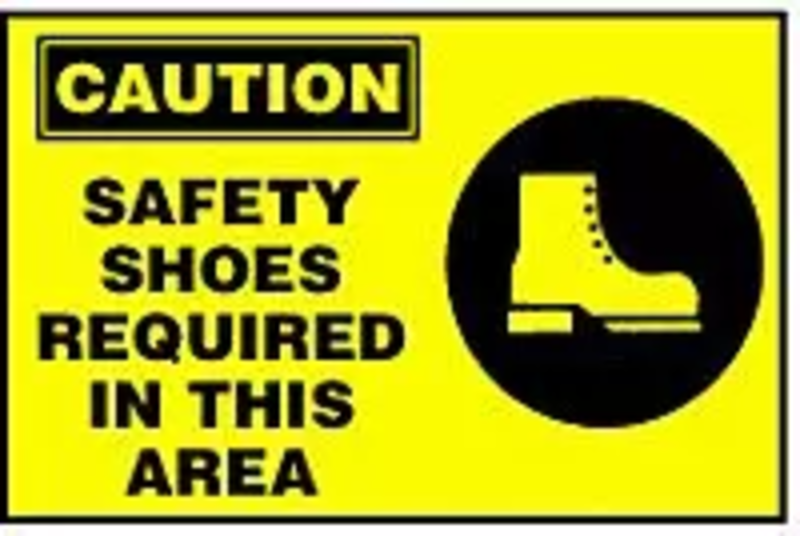Protective Footwear

The Personal
Protective Equipment regulation, CFR 1910.136 has a very comprehensive set of
requirements when addressing employee’s foot protection. It states that “The
employer shall ensure that each affected employee uses protective footwear when
working in areas where there is a danger of foot injuries due to falling or
rolling objects piercing the sole, and where such employee’s feet are exposed
to electrical hazards. The ruling continues with the statement that protective
footwear must comply with The American Society for Testing and Material (ASTM)
regulation “Standard Specification for Performance Requirements for Protective
Footwear. And, by definition, that standard meets the qualifications
established by The American National Standards Institute (ANSI) regulation.
In addition
there is also an alliance between The American Apparel & Footwear
Association (AAFA) and OSHA to help reduce workplace injuries and illnesses,
with the focus on ergonomics. The AAFA have published a training manual for
health and safety supervisors. The two organizations have also published “A
guide to Implementing an Ergonomics Process” aimed at developing an ergonomic process
for manufacturing, warehousing and office work.
Wearing the proper
type of foot protection means protection from both possible impact from an
object and by compression, the rolling over or
overall weight of an object that has landed on a foot.
Shoes must also protect against possible electric shock.
Steel-toe-boots are very durable. They have a protective reinforcement
in the toe protecting against any type of compression. The boots also have a mid-sole
plate to protect against punctures. Metatarsal guards should be worn for
protection above the toes. Footwear made from rubber or neoprene is designed to
protect against potential chemical or corrosive splashes. Electrical Hazard
(EH) Safety shoes are designed to help impede the flow of electricity from the
shoe to ground. There is also static electricity dissipating safety shoes.
Generally,
safety shoes are designed with soft soles and insoles. This helps reduce
fatigue and discomfort to the hips, legs and knees caused by standing for long
periods of time. Nylon mesh and leather combination boots are used in warm
weather. They are lightweight and flexible. For harsh conditions, full-grain
leather boots are used. They are durable and water-resistant. For law
enforcement and military use, boots are made of rugged leather and athletic
cement construction, whereby the outside of the boot is glued to the upper part
of the boot. This provides form-fitting
comfort, durability and flexibility.